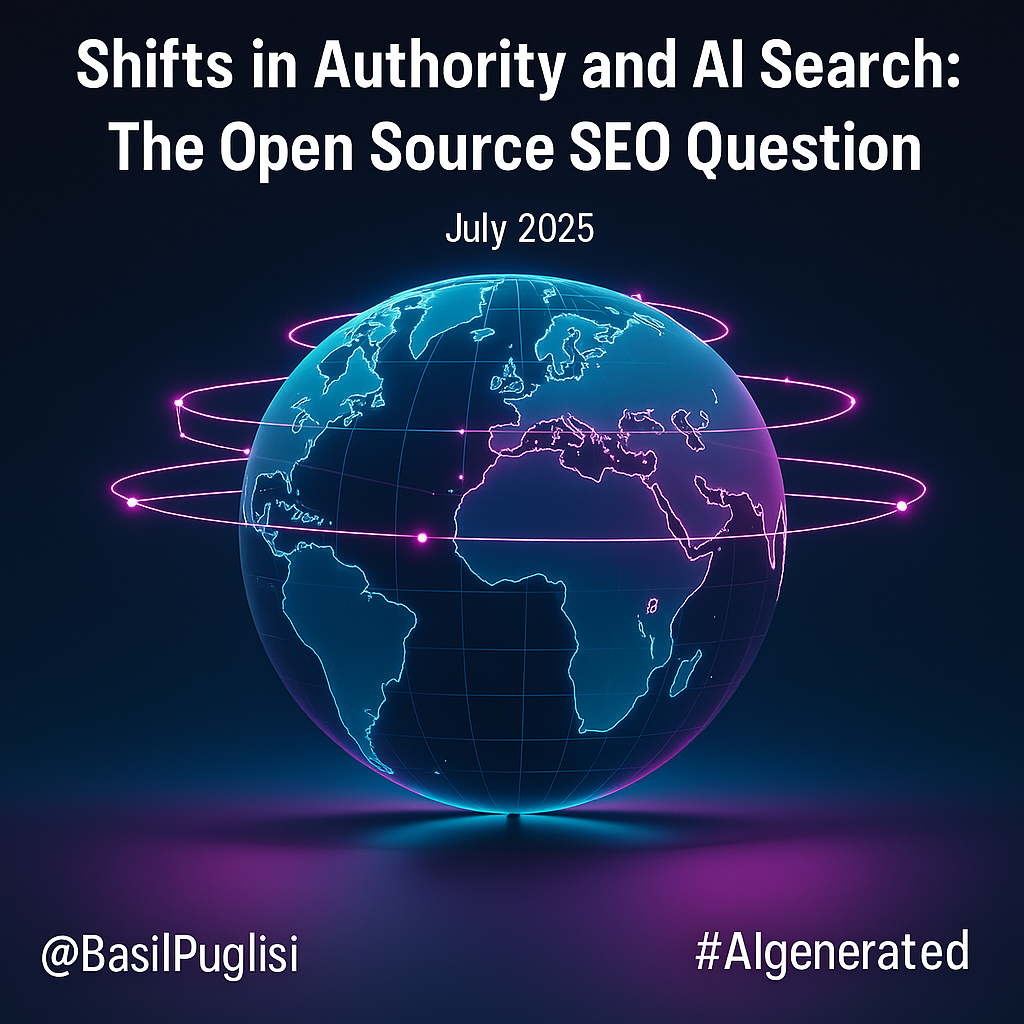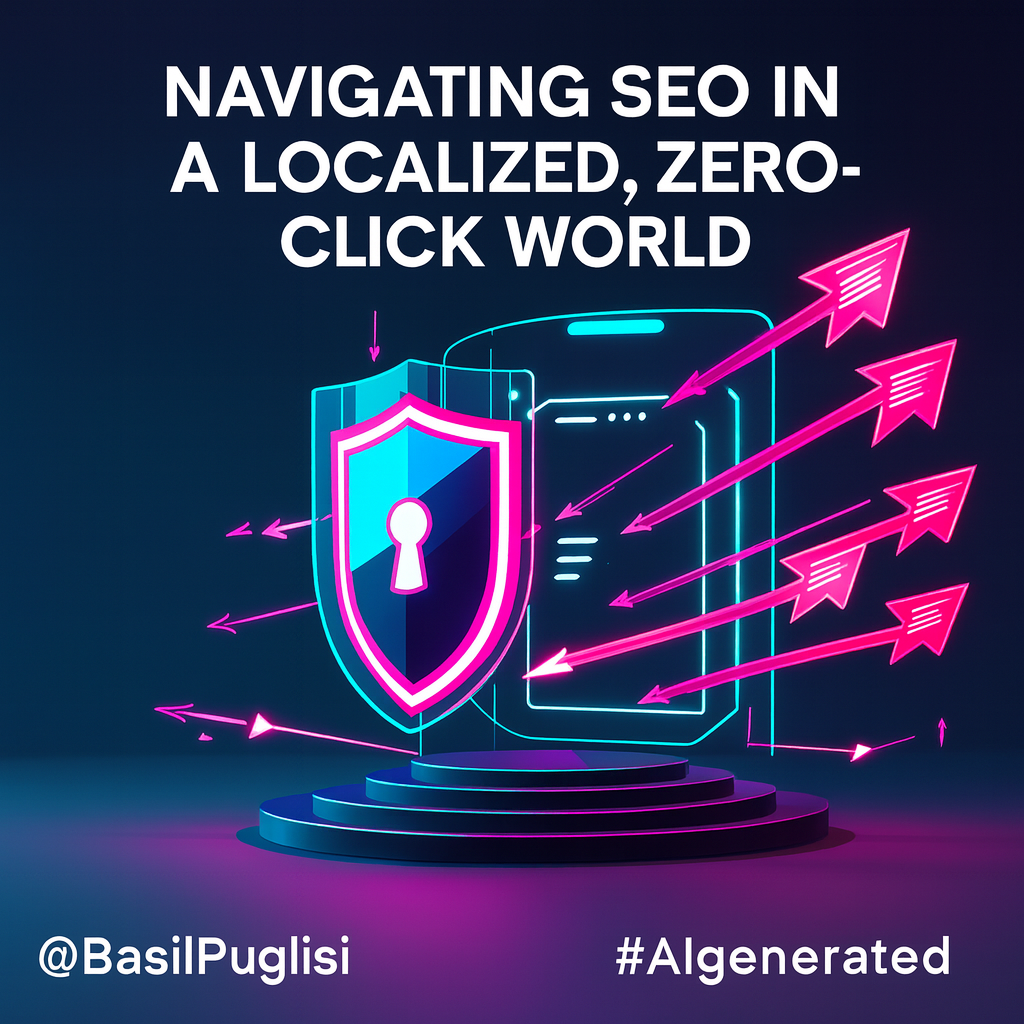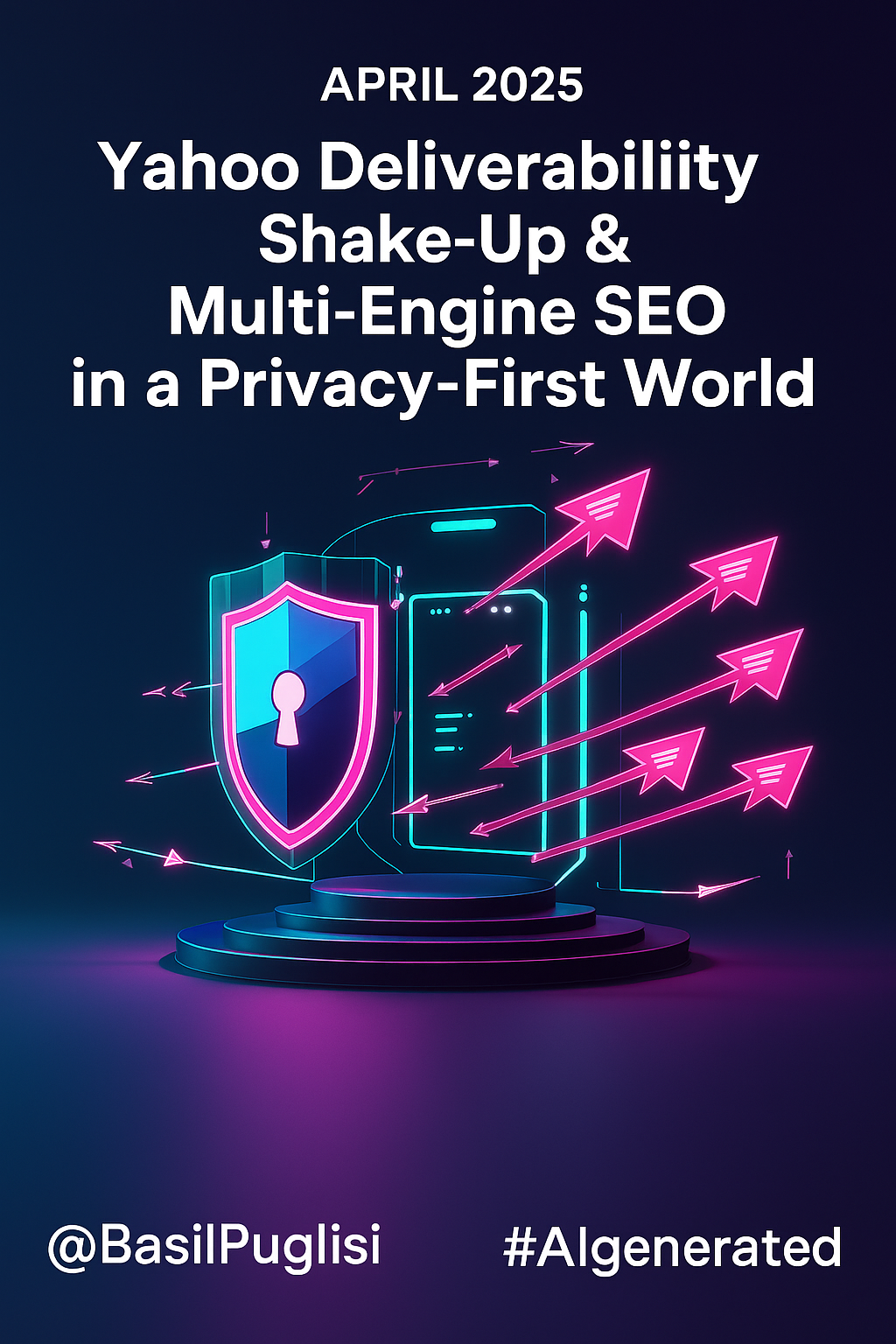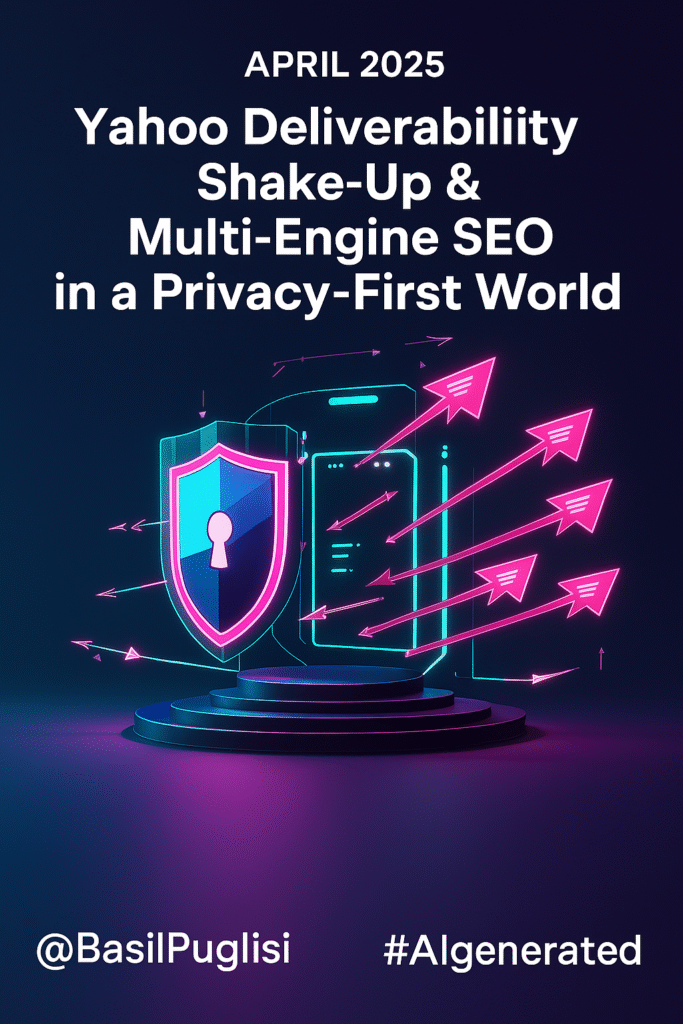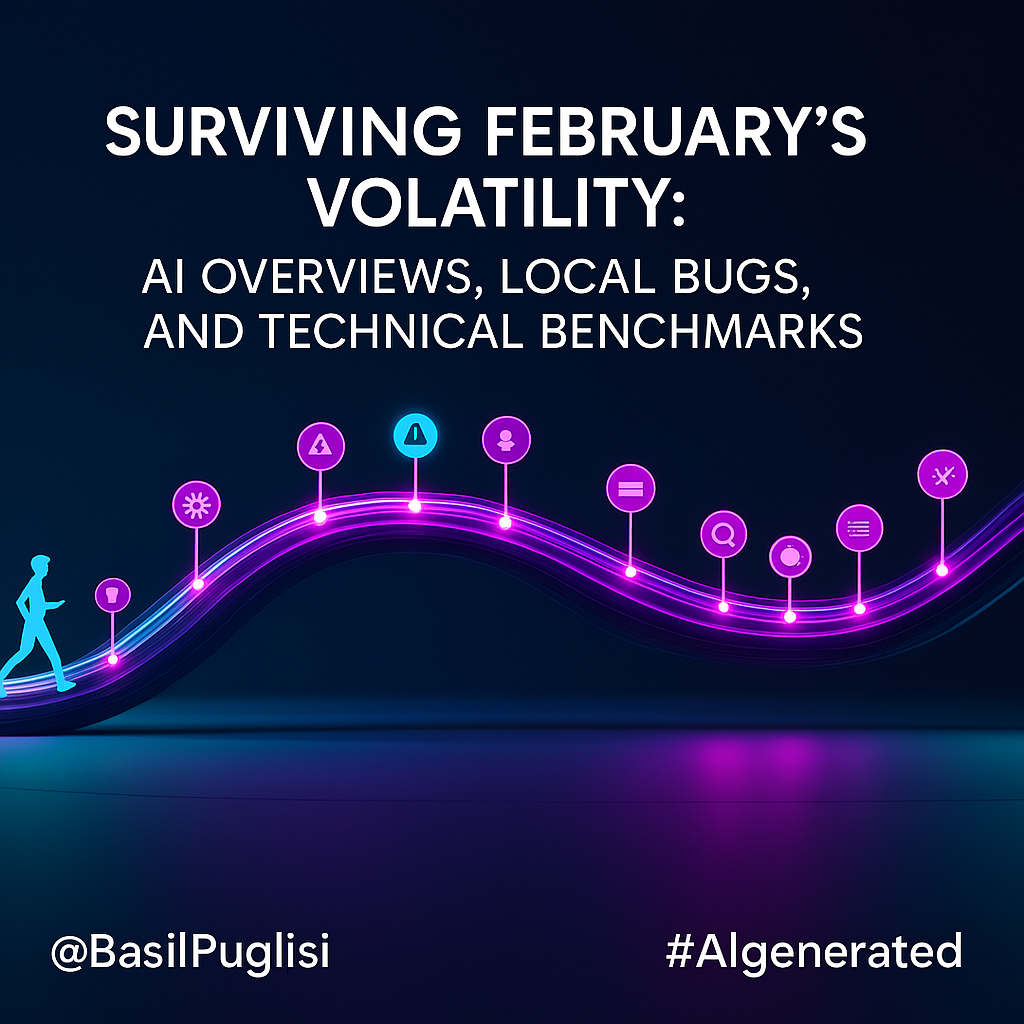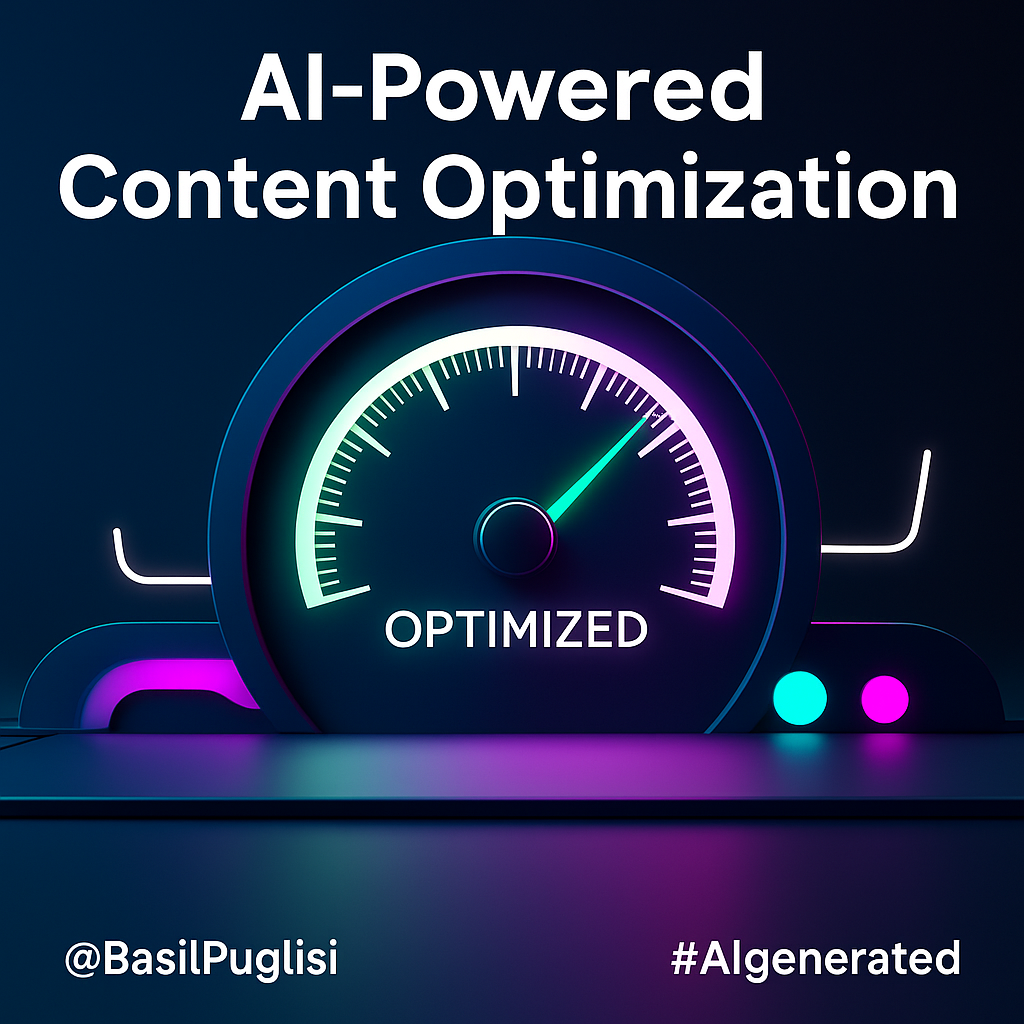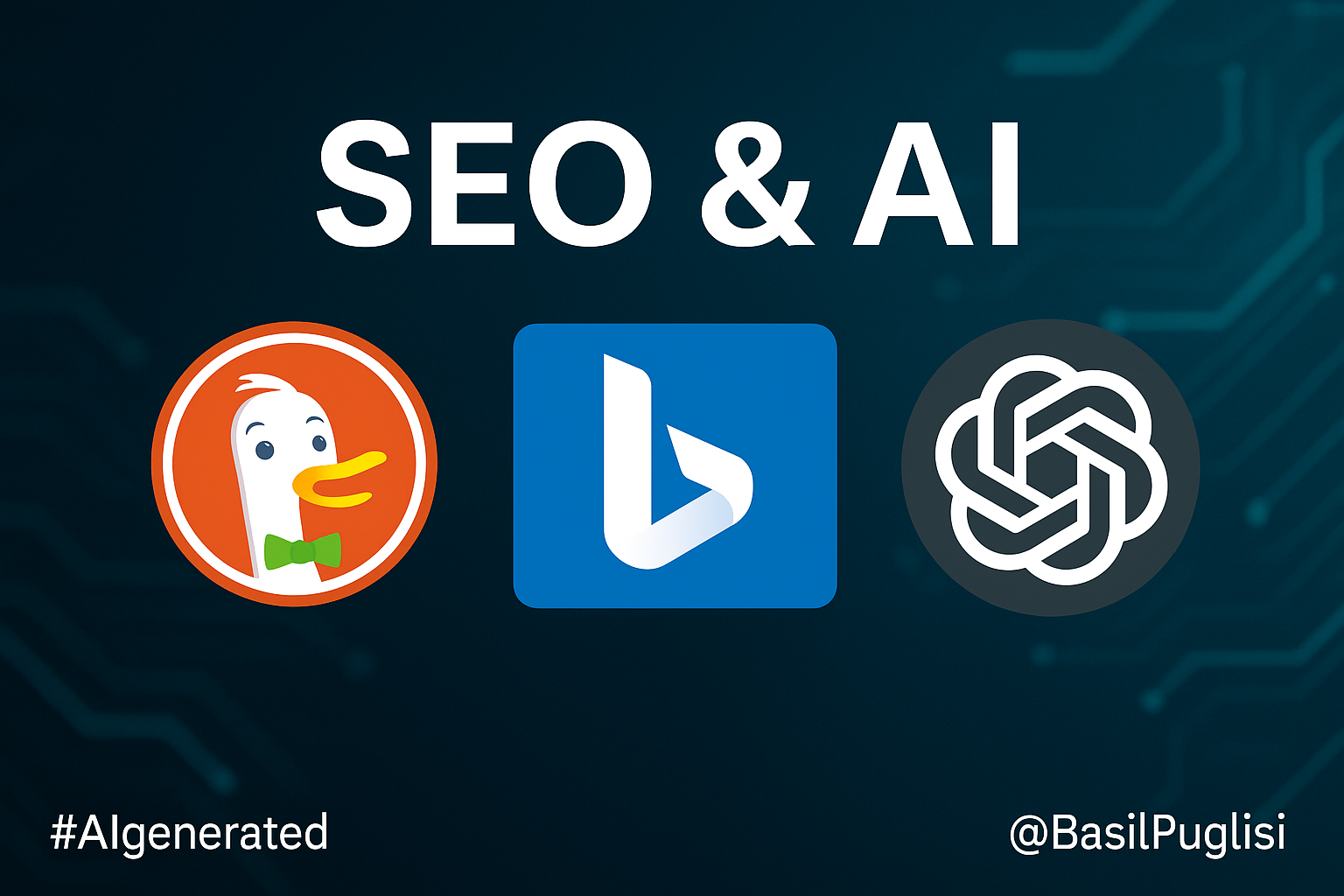
July was a reminder that search never sits still. Google’s June 2025 Core Update, which officially finished on July 17, delivered one of the most disruptive shake-ups in years, reshuffling rankings across health, retail, and finance and leaving many sites searching for stability (Google, 2025; Schwartz, 2025a, 2025b). At the same time, AI Overviews continued to change user behavior in measurable ways — Pew Research found that when AI summaries appear, users click on traditional results nearly half as often, while Semrush reported they now show up in more than 13% of queries (Pew Research Center, 2025; Semrush, 2025). The result is clear: visibility is shifting from blue links to citations within AI-driven summaries, making structured content and topical authority more important than ever.
Privacy also took center stage. DuckDuckGo announced two updates in July: the option to block AI-generated images from results on July 14, and a browser redesign on July 22 that added real-time privacy feedback and anonymous AI integration (DuckDuckGo, 2025; PPC Land, 2025a, 2025b). These moves underscore how authenticity and trust are emerging as competitive differentiators, even as Google maintains close to 90% global market share (Statcounter Global Stats, 2025).
Together, these shifts point to an SEO environment defined by convergence: volatility from core updates, visibility challenges from AI Overviews, and renewed emphasis on privacy-first design. Success in this landscape depends on adapting quickly — not just to Google’s dominance, but to the broader dynamics of how people search, click, and trust.
What Happened
Google officially completed the June 2025 Core Update on July 17, after just over 16 days of rollout (Google, 2025; Schwartz, 2025a). This update was one of the largest in recent memory, driving heavy movement across industries. Search Engine Land’s data analysis showed that 16% of URLs ranking in the top 10 had not appeared in the top 20 before, the highest churn rate in four years (Schwartz, 2025b). Sectors like health and retail felt the sharpest volatility, while finance saw more stability. Even after the official end date, ranking swings remained heated through late July, reminding SEOs that recovery is rarely immediate (Schwartz, 2025c).
Layered onto this volatility was the accelerating role of AI Overviews. According to Pew Research, when an AI summary appears in search results, only 8% of users click on a traditional result, compared to 15% when no summary is present (Pew Research Center, 2025). Semrush data confirmed that AI Overviews now appear in more than 13% of queries, with categories like Science, Health, and People & Society seeing the fastest growth (Semrush, 2025). The combined effect is a steady rise in zero-click searches, with publishers and brands competing for visibility in citation panels rather than just the classic blue links.
Meanwhile, DuckDuckGo pushed its privacy-first positioning further. On July 14, it gave users the option to block AI-generated images from results (PPC Land, 2025a). Just days later, on July 22, it unveiled a browser redesign with a streamlined interface, real-time privacy feedback, and anonymous AI integration (DuckDuckGo, 2025; PPC Land, 2025b). These updates reinforce DuckDuckGo’s differentiation strategy, targeting users who value authenticity and transparency over algorithmic convenience.
Finally, Statcounter’s July snapshot reaffirmed Google’s dominance at nearly 90% global market share, with Bing at 4%, Yahoo at 1.5%, and DuckDuckGo under 1% (Statcounter Global Stats, 2025). Yet while small in volume, DuckDuckGo’s moves reflect a deeper trend — search diversification around privacy and user trust.
Factics: Facts, Tactics, KPIs
Fact: The June 2025 Core Update saw 16% of top 10 URLs newly ranked — the highest churn in four years (Schwartz, 2025b).
Tactic: Re-optimize affected pages by expanding topical depth and reinforcing E-E-A-T signals instead of pruning.
KPI: Average keyword position improvement across refreshed content.
Fact: Users click only 8% of traditional links when AI summaries appear, versus 15% when they don’t (Pew Research Center, 2025).
Tactic: Add FAQ schema, concise answer blocks, and authoritative citations to increase chances of inclusion in AI Overviews.
KPI: Ratio of impressions to clicks in Google Search Console for AI-affected queries.
Fact: DuckDuckGo’s July update introduced a browser redesign with privacy feedback icons and gave users the option to filter AI images (DuckDuckGo, 2025; PPC Land, 2025a, 2025b).
Tactic: Use original, source-cited visuals and message privacy in content strategy to attract DDG’s audience.
KPI: Month-over-month growth in DuckDuckGo referral traffic.
Lessons in Action
1. Audit, don’t panic. Map keyword drops against the June–July rollout window before making changes.
2. Optimize for Overviews. Treat AI summaries as a surface: concise content, schema markup, authoritative citations.
3. Invest in visuals. Replace AI-stock imagery with original media where possible.
4. Diversify your footprint. Google-first still rules, but dedicate ~10% of SEO effort to Bing and DuckDuckGo.
Reflect and Adapt
July’s landscape reinforces a truth: SEO is no longer only about blue links. The Core Update pushed volatility across industries, while AI Overviews are rewriting how people interact with results. Privacy-focused alternatives like DuckDuckGo are carving space by rejecting synthetic defaults. To thrive, brands need a portfolio approach — optimizing content to be cited in AI features, maintaining technical excellence for Google’s updates, and signaling authenticity where privacy matters. This isn’t fragmentation; it’s convergence around user trust and usefulness.
Common Questions
Q: Should I rewrite all content that lost rankings in July?
A: No. Benchmark affected pages against the June 30–July 17 update window and enhance quality; avoid knee-jerk deletions during volatility.
Q: How do I optimize for AI Overviews?
A: Structure answers clearly, use FAQ schema, and cite authoritative sources. Prioritize concise, trustworthy summaries.
Q: Does DuckDuckGo really matter with <1% global share?
A: Yes. Its audience skews privacy-first, meaning higher engagement and trust. Optimize for authenticity and clear privacy signals.
Q: Is Bing worth attention at ~4% share?
A: Yes. Bing’s integration with Microsoft products ensures sustained visibility, especially for enterprise and productivity-driven searches.
Embed Before Disclosure
📹 Google search ranking volatility remains heated – Search Engine Roundtable, July 25, 2025
Disclosure
This blog was written with the assistance of AI research and drafting tools, using only verified sources published on or before July 31, 2025. Human review shaped the final narrative, transitions, and tactical recommendations.
References
DuckDuckGo. (2025, July 22). DuckDuckGo browser: Fresh new look, same great protection. SpreadPrivacy. https://spreadprivacy.com/browser-visual-refresh/
Google. (2025, July 17). June 2025 core update [Status dashboard incident report]. Google Search Status Dashboard. https://status.search.google.com/incidents/riq1AuqETW46NfBCe5NT
Pew Research Center. (2025, July 22). Google users are less likely to click on links when an AI summary appears in the results. Pew Research Center. https://www.pewresearch.org/short-reads/2025/07/22/google-users-are-less-likely-to-click-on-links-when-an-ai-summary-appears-in-the-results/
PPC Land. (2025, July 14). DuckDuckGo users can now block AI images from search results. PPC Land. https://ppc.land/duckduckgo-users-can-now-block-ai-images-from-search-results/
PPC Land. (2025, July 24). DuckDuckGo browser redesign focuses on streamlined privacy interface. PPC Land. https://ppc.land/duckduckgo-browser-redesign-focuses-on-streamlined-privacy-interface/
Schwartz, B. (2025, July 17). Google June 2025 core update rollout is now complete. Search Engine Land. https://searchengineland.com/google-june-2025-core-update-rollout-is-now-complete-458617
Schwartz, B. (2025, July 24). Data providers: Google June 2025 core update was a big update. Search Engine Land. https://searchengineland.com/data-providers-google-june-2025-core-update-was-a-big-update-459226
Schwartz, B. (2025, July 25). Google search ranking volatility remains heated. Search Engine Roundtable. https://www.seroundtable.com/google-search-ranking-volatility-remains-heated-39828.html
Semrush. (2025, July 22). Semrush AI Overviews study: What 2025 SEO data tells us about Google’s search shift. Semrush Blog. https://www.semrush.com/blog/semrush-ai-overviews-study/
Statcounter Global Stats. (2025, July 31). Search engine market share worldwide. Statcounter. https://gs.statcounter.com/search-engine-market-share

